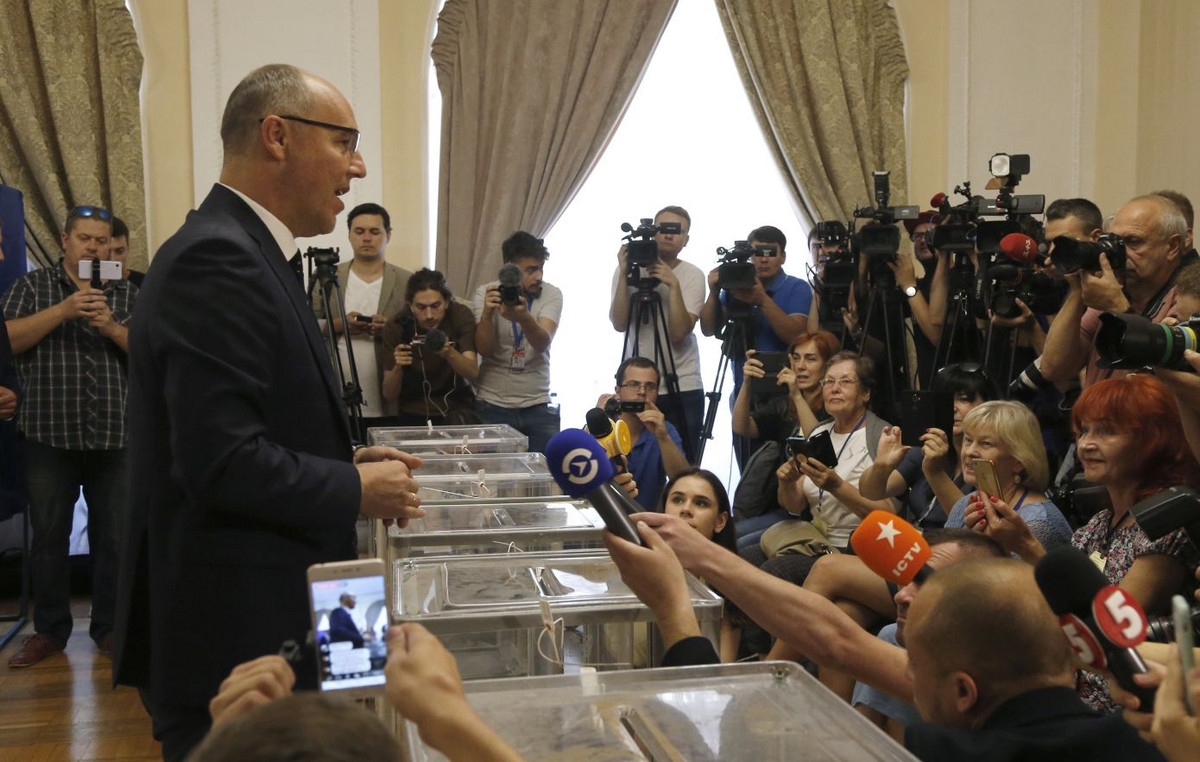The number of cases of Severe Acute Respiratory Syndrome (SARS) in children has shown a significant increase in several Brazilian states since February, a period that coincides with the resumption of the school year.
Laboratory data analyzed by the Oswaldo Cruz Foundation (Fiocruz) suggest a possible increase in cases associated with respiratory syncytial virus (RSV) in the 0 to 4-year age group and an interruption of the fall in cases associated with the new coronavirus in the 5-11 age group. .
The Infogripe bulletin released this Thursday (17) points out that, among the adult population, there is a gradual deceleration in the rate of decline of Severe Acute Respiratory Syndrome (SARS). The numbers indicate possible stability, with the exception of data on the population over 70 years of age, which still show a significant weekly decline. The analysis considers the period between February 6 and March 12, which corresponds to Epidemiological Week (ES) 10.
According to Infogripe coordinator, Marcelo Gomes, the growth in the number of cases of severe respiratory syndrome among children and adolescents is the result of a combination of factors: the beginning of the school year, when there is greater circulation of respiratory viruses, and the lack of vaccine. against Covid-19 for the age group from 0 to 4 years.
The researcher also highlights the low rates of immunization of children aged 5 to 11 years, the increase in the circulation of respiratory viruses and the relaxation of preventive measures, such as the use of a mask.
“Vaccination coverage is still evolving in children, unlike adults who already have high coverage of the second dose and booster, at a time of greater exposure of children due to the return to school”, he says.
The document also points to a possible beginning of stabilization of the respiratory syndrome at a level similar to that recorded at the end of October 2021, when there was the lowest number of new weekly cases since the beginning of the Covid-19 pandemic in Brazil.
In the last four epidemiological weeks, the prevalence among cases of severe respiratory syndrome with a positive result for respiratory viruses was 0.8% for Influenza A, 0.2% for Influenza B, 6.5% for RSV, and 86.7%. % for Covid-19. Among the deaths, the presence of these same viruses among the positives was 0.5% for Influenza A, 0.4% for RSV, and 97.3% for Covid-19.
panorama in the states
In the last six weeks, three of the 27 federative units showed signs of growth in cases: Federal District, Espírito Santo and Roraima. All others show signs of decline. However, four of them show signs of growth in the last three weeks: Ceará, Maranhão, Sergipe and Tocantins.
The bulletin also highlights that, in all locations that show some sign of growth, data by age group suggest that this is a scenario restricted to the child population. In the adult population, a sign of decline or stability remains. This increase in cases among children is also observed in several of the other states, although it does not translate into a sign of growth for the population in general.
Severe respiratory syndrome cases in capitals
Only two of the 27 capitals show signs of growth in the last six weeks: Boa Vista (RR) and Fortaleza (CE). In another three, there is a sign of growth only in the last three weeks: João Pessoa (PB), Porto Velho (RO) and Salvador (BA). In Fortaleza, João Pessoa and Salvador, data by age group suggest a significant increase concentrated among children and adolescents (0 to 9 years old and 10 to 19 years old).
In the other capitals, the indices are still compatible with oscillation after interruption of the fall. This growth among children is also observed in several of the other capitals that show no sign of growth for the population in general.
With the exception of the capitals Boa Vista (RR) and Fortaleza (CE), which show signs of growth in the last six weeks, and Cuiabá (MT), Rio de Janeiro (RJ) and Vitória (ES), which show signs of stability, all the others show signs of decline in the last six weeks in the same trend.
The analysis for the last three weeks points to a scenario of stability, suggesting a possible deceleration or interruption of the downward trend.
Basic care helps prevent respiratory diseases
Source: CNN Brasil







